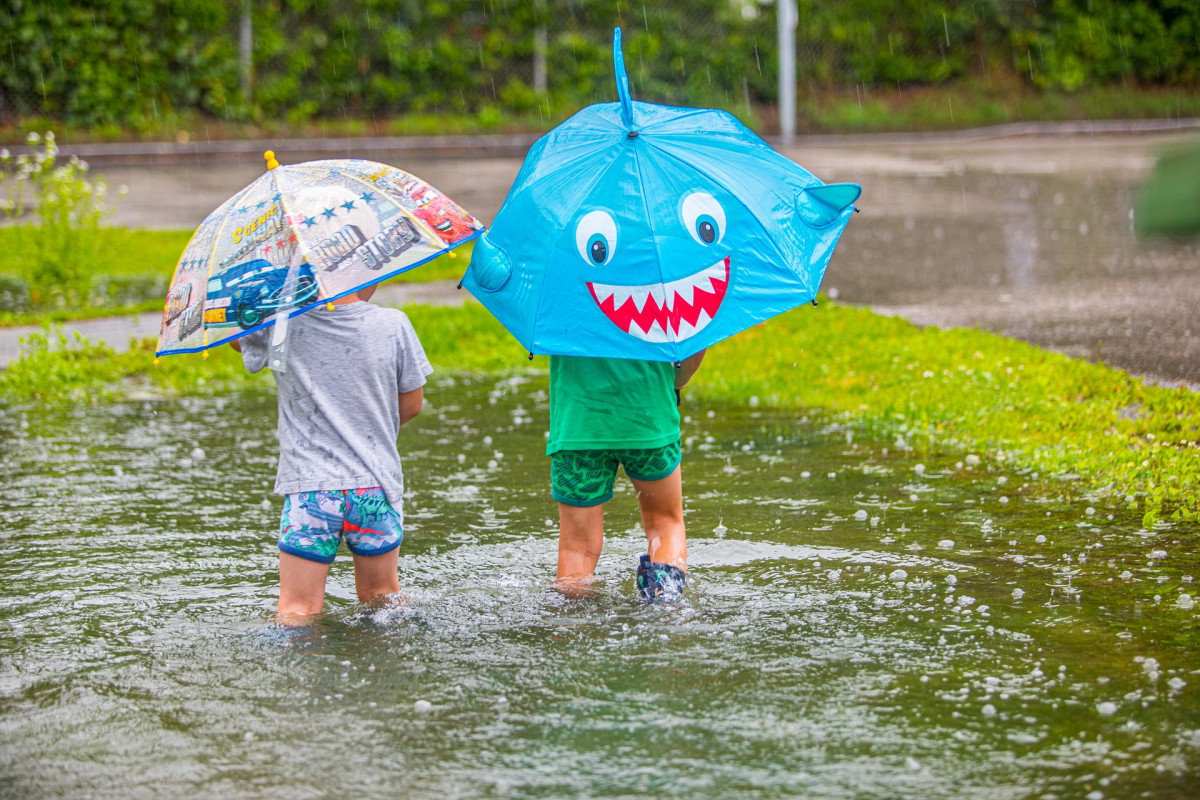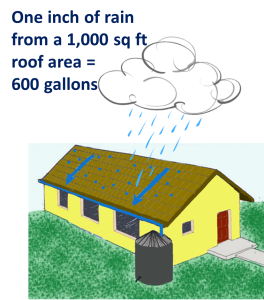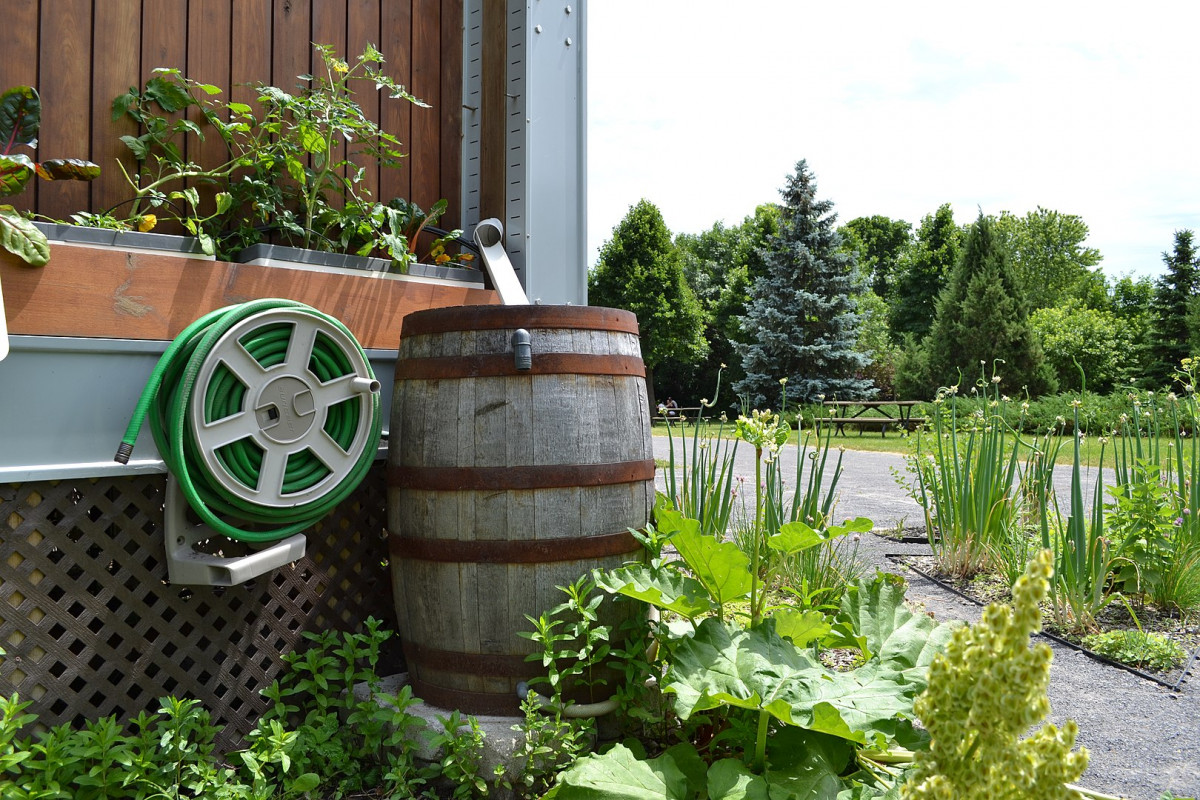 What do you like to do on a rainy day - sit inside and listen to the pitter-patter on the roof or splash outside and feel the cold drops on your face?
What do you like to do on a rainy day - sit inside and listen to the pitter-patter on the roof or splash outside and feel the cold drops on your face?
We all depend on rain. It fills rivers and lakes, soaks into the ground, sustains our crops, and keeps the land alive and beautiful. In the past, people got their water from rain, wells, or nearby rivers.
Now, many of us live in places where water is piped in, sometimes from far away. Removing so much water from nature and sending it to great distances harms the living things that also need that water.
As climate change heats up the planet and causes extreme weather, more places face water shortages. To ensure all of us— humans, other animals, and plants— have enough water in the future we need new water supplies. One easy place to look for more water is the sky!
Rainwater Collection
 Humans have collected rain since ancient times. Now, many people are returning to this practice by tapping into this clean and often plentiful supply of water. By harvesting the rain we can reduce the amount of water we take from rivers and out of the ground.
Humans have collected rain since ancient times. Now, many people are returning to this practice by tapping into this clean and often plentiful supply of water. By harvesting the rain we can reduce the amount of water we take from rivers and out of the ground.
Did you know that even in dry climates, there is a lot of potential rainwater? Just one inch of rain falling on a medium-sized house produces over 600 gallons of water. Large roofs can collect even more water.
Salazar Elementary School, in Santa Fe, New Mexico, captures 50,000 gallons of rainwater in tanks. This town receives an average of just 14 inches of annual rainfall! Some homes in the San Juan Islands, in Washington State, use rainwater as their only water supply, with 20,000 gallons tanks.
Nowadays, rainwater is still used as a primary supply in many places in the world, like Vietnam and Hawaii. In places with piped-in water, rainwater is not commonly used, but this is changing. Rainwater harvesting is getting more popular since it’s easy to do and helps create water security.
How To Collect Rainwater?
To collect the rain, pipe rainwater from gutters on the roof, through the downspout, and into a collection tank. Rainwater is clean but it gets dirty from the roof. You can keep leaves and debris out of the rain tank with screens or filters.
 An outlet at the bottom of the tank allows you to connect a hose, an irrigation system, or even a pump to move the rainwater around. It can also be used for toilet flushing. More complicated rainwater systems pump, filter, and then disinfect the water so it’s clean enough for indoor uses such as showering or drinking.
An outlet at the bottom of the tank allows you to connect a hose, an irrigation system, or even a pump to move the rainwater around. It can also be used for toilet flushing. More complicated rainwater systems pump, filter, and then disinfect the water so it’s clean enough for indoor uses such as showering or drinking.
It is easiest to use rainwater in the garden. A simple rain barrel can store water for later use. Since a rain barrel empties quickly, many gardeners install a larger tank of a few hundred to several thousand gallons in size. Rainwater can also be used for fountains, ponds, or water for livestock, as well as for indoor household use.
You Can Collect Rain, Too!
The next time it rains, notice where water flows off the roof. Are there downspouts on the roof’s gutters? Talk to your family about your ideas to collect the rain. Is there room for a barrel or tank? Could you find something in your house to catch the rain? Some kids like to put pots and pans outside to catch rain falling from the sky for their house plants.
When it comes to water, every drop counts! Rainwater is a valuable, life-giving resource we can tap into to protect people and the planet.








